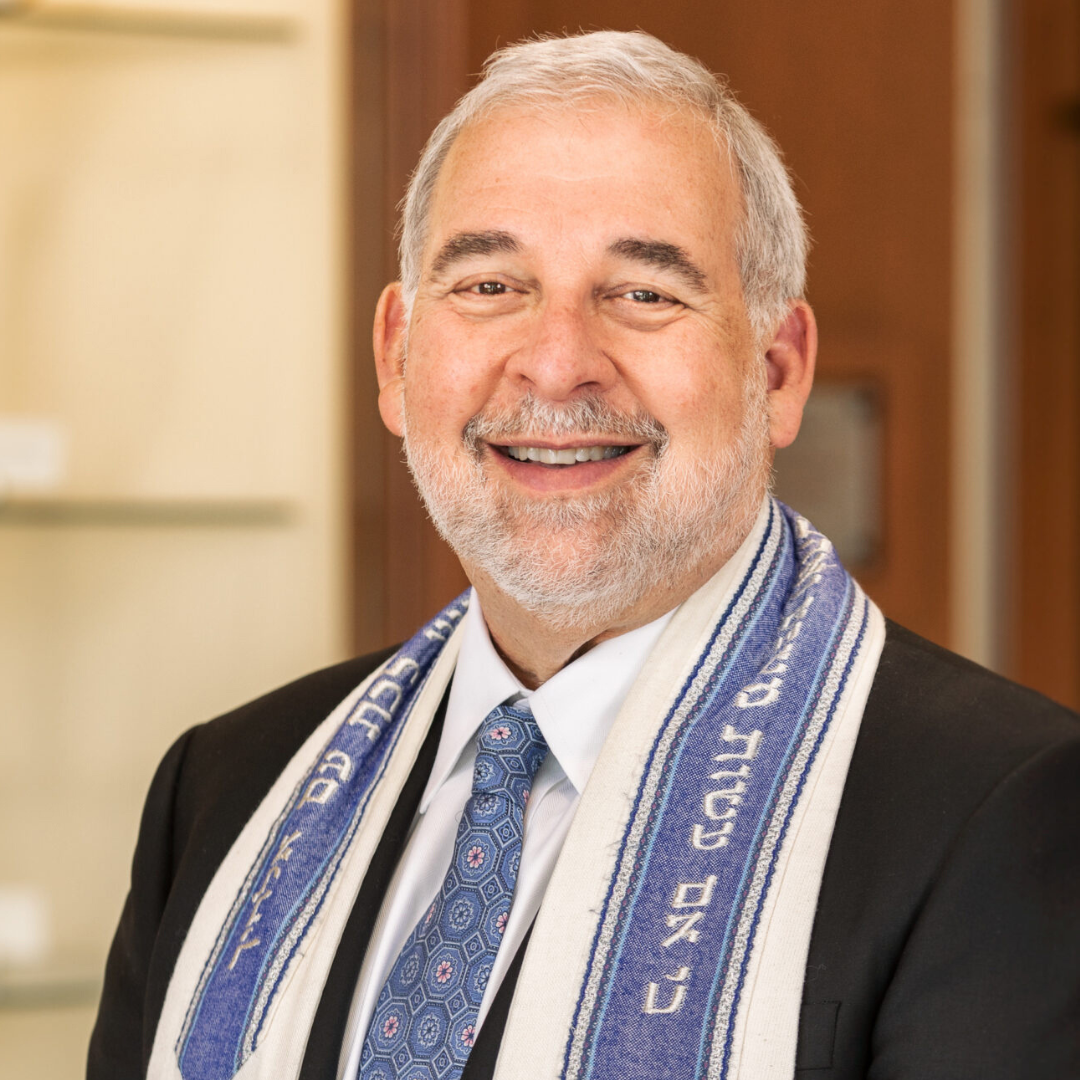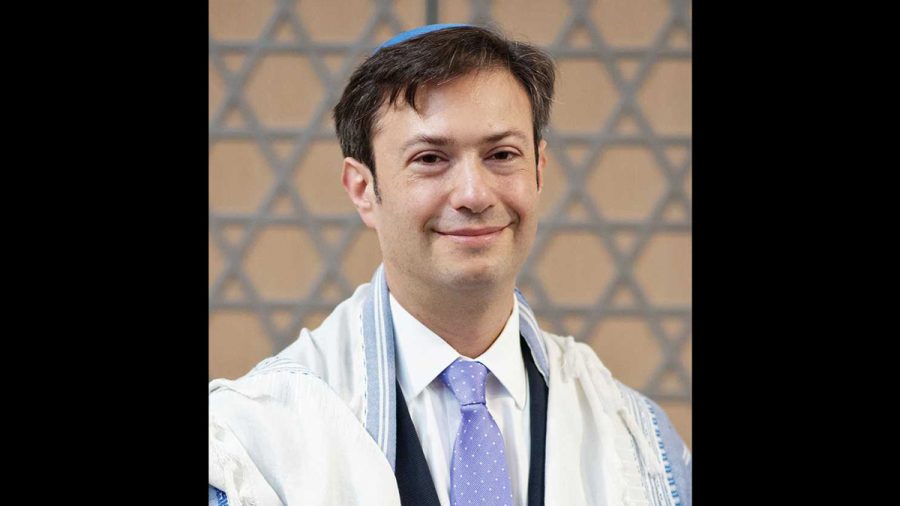Name tags: one either loves them or hates them; there is no in-between. Everyone, however, is in agreement that they serve a worthy purpose. Wearing a name tag alleviates the awkwardness that comes with recognizing the face but not the name. Name tags also remove the wearer’s anonymity. It turns a room full of strangers into “a place where everyone knows [one’s] name.”
In this week’s Torah portion, Tetzaveh, we read the following.
You shall make a plate of pure gold and engrave on it the seal inscription: “Holy to HaShem.” Suspend it on a cord of blue, so that it may remain on the headdress; it shall remain on the front of the headdress. . . It shall be on Aaron’s forehead at all times, to win acceptance for the before HaShem. (Exodus 28:36-38) The High Priest, already distinguished from everyone else by his clothing, was further set apart by this “name tag,” as it were, which did not identify him by name but rather by The Name.
ADVERTISEMENT
Did Aaron have to wear this “name tag” in order that the people of Israel might recognize him? Was he not already well known to the people, if not by name, then at least by virtue of his office and his distinctive clothing, as described in this week’s Parashah? And the name on the tag was not even his! So, what purpose might this golden plate have served?
One possible response might be that the plate served to identify him to the people whom he encountered as one consecrated to Divine service. Placed as it was on his forehead, eye level, left no doubt in the minds of the people that the High Priest a holy person.
Another possible reason for this might have been to make the High Priest aware of his office and of the holy service to which he was to dedicate his life. He would literally have God on his mind. However, with the plate on his forehead, everyone could read the words except for the High Priest!
There may be a third response to the question of the name tag’s purpose. Perhaps it was that when people saw “Holy to HaShem” on Aaron’s head, it reminded them of the holiness with which they, too, had been created. In the very first chapter of the Torah we learn that of all creatures human beings are created in the Divine Image. This extra element of holiness is part of our DNA and in our ability to determine right from wrong, in our search for meaning in our lives, and in our quest for holiness.
ADVERTISEMENT
Too often, however, we encounter others in the course of our days, in our communities, in our cities, in our country, who are anonymous. We share the sidewalks, the streets, the resources, and the opportunities with them but forget that they, too, are created in the Divine Image, that they, too, are “holy to HaShem.”
February has been designated as Jewish Disability, Awareness, Acceptance and Inclusion Month. During this month, we focus on the divinity and the holiness that resides within each person by virtue of being a human being. In the face of every person we are to see the tag, “Holy to HaShem.” That holiness is not dependent upon what a person is capable of doing, acting, communicating, hearing, seeing, or learning. It is not dependent upon a person’s sexual identity, sexual preference, or body. It is not dependent upon a person’s skin color, ethnicity, status, religion or lack thereof. Despite the manner in which some may seek to classify people as “other,” each one is “holy to HaShem.” Every human being is worthy of respect and inclusion among their fellow human beings.
The High Priest was aware of his holiness and the responsibilities attendant to it when he wore the gold plate that proclaimed, “Holy to HaShem.” The people were aware of his special role in the community when they saw it on his forehead. They also saw those words reflected back on them. This sense of divinity and holiness in each and every Israelite invested them with the responsibility of being “a kingdom of priests and a holy nation.” (Exodus 19:6)
Shabbat Shalom!









